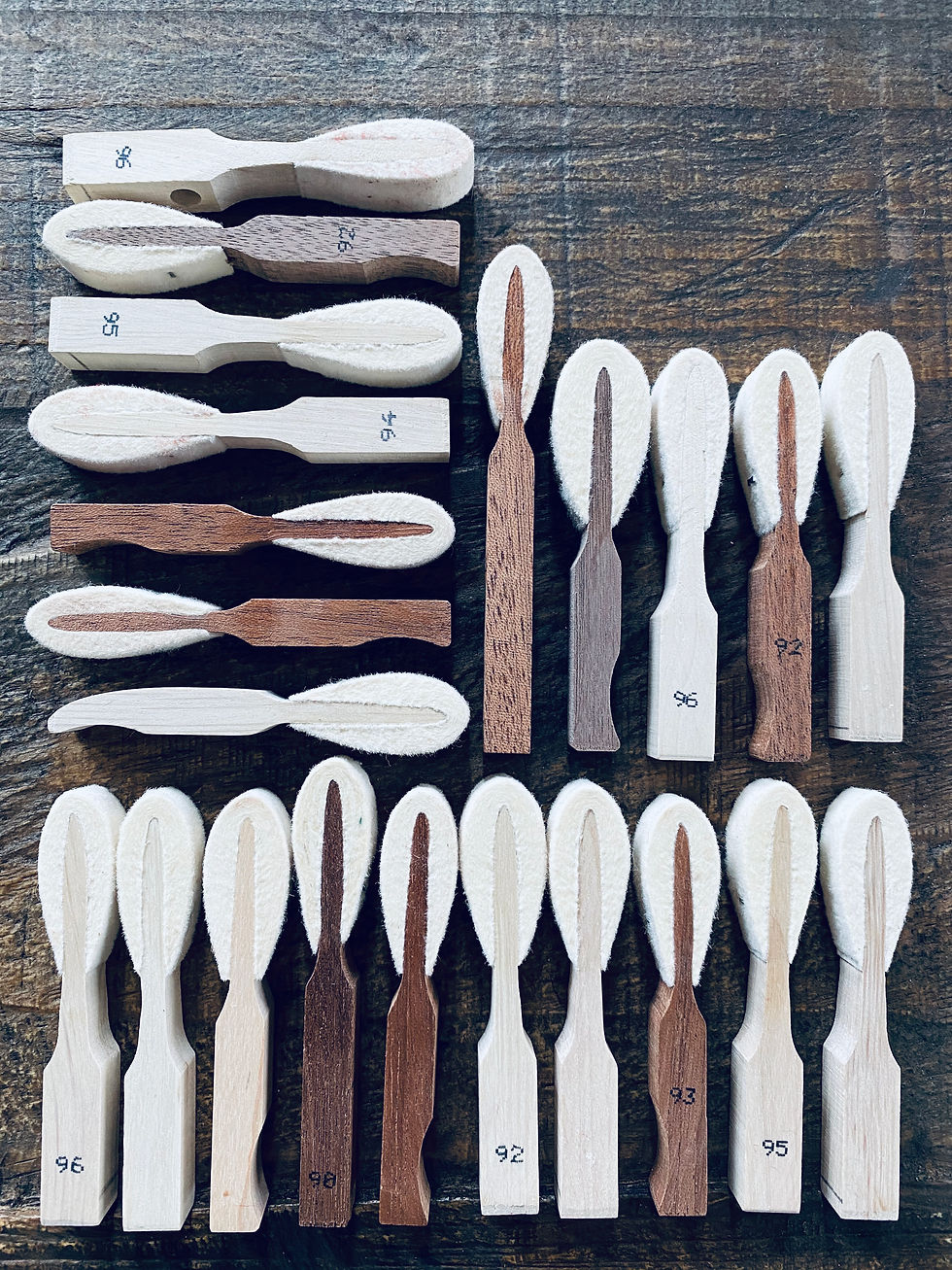Required Reading - Repairs
- Gregory P. Cheng RPT

- Apr 4, 2020
- 3 min read
Updated: May 7, 2020
By Gregory P. Cheng, RPT, Philadelphia PA
When I was a young technician, one of my first jobs was working in a shop rebuilding pianos and prepping floor pianos. I was fortunate to work with a lot of well-educated piano technicians and rebuilders. Early on, I was intimidated by the knowledge and experience these people had and felt I needed to catch up - and catch up fast. My mentor pointed me to a few books I should read, which then dropped me into a rabbit hole of books and cataloged knowledge that I didn’t think was even available.
Theoretical book knowledge will never replace hands-on physical experience. However, the insights you gain from book knowledge will give you a richer, deeper understanding of piano technology, and will increase your skillset, enhance your hands-on experience, and set you a level apart from most technicians with factual, sight-able knowledge.
For the purposes of this article, I have categorized books into a few different categories: General Knowledge Books and Specialized Books. General knowledge books are well-rounded books that cover a wide range of topics within the book. These items are not necessarily summarized but are brief in their description. The specialized books dive deep into specific areas.

Pianos Inside Out
By Mario Igrec
This a comprehensive book on tuning, repair, regulation, and rebuilding for the 21st-century technician. It starts with a brief history of piano-making, then dives straight into construction and design going over aspects of the rim, plate, soundboard, and action. Igrec also goes over making hammers, voicing procedures, and the function of the action.
The next chapters cover maintenance, tuning, regulating verticals and grands, voicing, repairs, moving, geometry and touch weight, rebuilding, and troubleshooting. That is a lot of ground to cover in 539 pages but Igrec does it well and thoroughly. If you are starting out, this is the book you need to have today. If you are an experienced technician and you don’t think you need this book, you are flat-out wrong, and you will miss out.
Check out Pianos Inside Out here

Upright and Grand Piano Repair
By Carl-Johan Forss
This is the final collegiate book from Forss. Again with an extensive six-page table of contents covering virtually every repairs possible on grands and uprights, Forss breaks down the piano into its individual parts and how to repair them. He then takes it a step further and teaches time management, history, piano production, the science involved in materials, and provides sample charts for in-depth shop repairs. Forss focuses on documentation and logging for both progress of the student and procedure of the piano. Having this book on hand as a resource is essential for repairs you may not have run into or questions about materials. While designed more for the shop than in the field, repairs could be translated and executed in the field without issue.
You can Purchase Upright and Grand Piano Repair here

A Piano Technician’s Guide to Field Repairs
By Steve Brady
Steve Brady’s guide is essential for field and shop technicians. Brady presents the fundamentals of how things work and why they are set up the way they are. Most of the bad repairs I see are ones that are either done hastily with items on hand, or are done with a misunderstanding of how things work.
For example, the most common issue we see in our industry is stripped screws. Most technicians believe it to be best to “shim” the screw hole with material to get the screw to tighten up. While that may be acceptable in the short term, it is not a permanent repair. Brady teaches the correct method of plugging and redrilling the screw hole. This is just an example of the level or the type of repairs that can be found in this book.
Brady covers screw holes, action removal, rebushing, hammershank and flange repairs, broken strings and splicing, key repairs, and the principles of troubleshooting. He also illustrates what should be found in a good tool and supply kit. Brady teaches that a good repair is one that is permanent and indistinguishable from a factory repair or part. If you have to make a quick and dirty repair now, always follow up with the appropriate repair. Having this resource on hand if you haven’t done a list of repairs in the past is essential. For experienced techs, a read of this resource would be enlightening.
You can purchase A Technicians Guide to Field Repairs
Was this article helpful? Read more of Greg's required reads on the Tuning and Regulation pages.



Comments